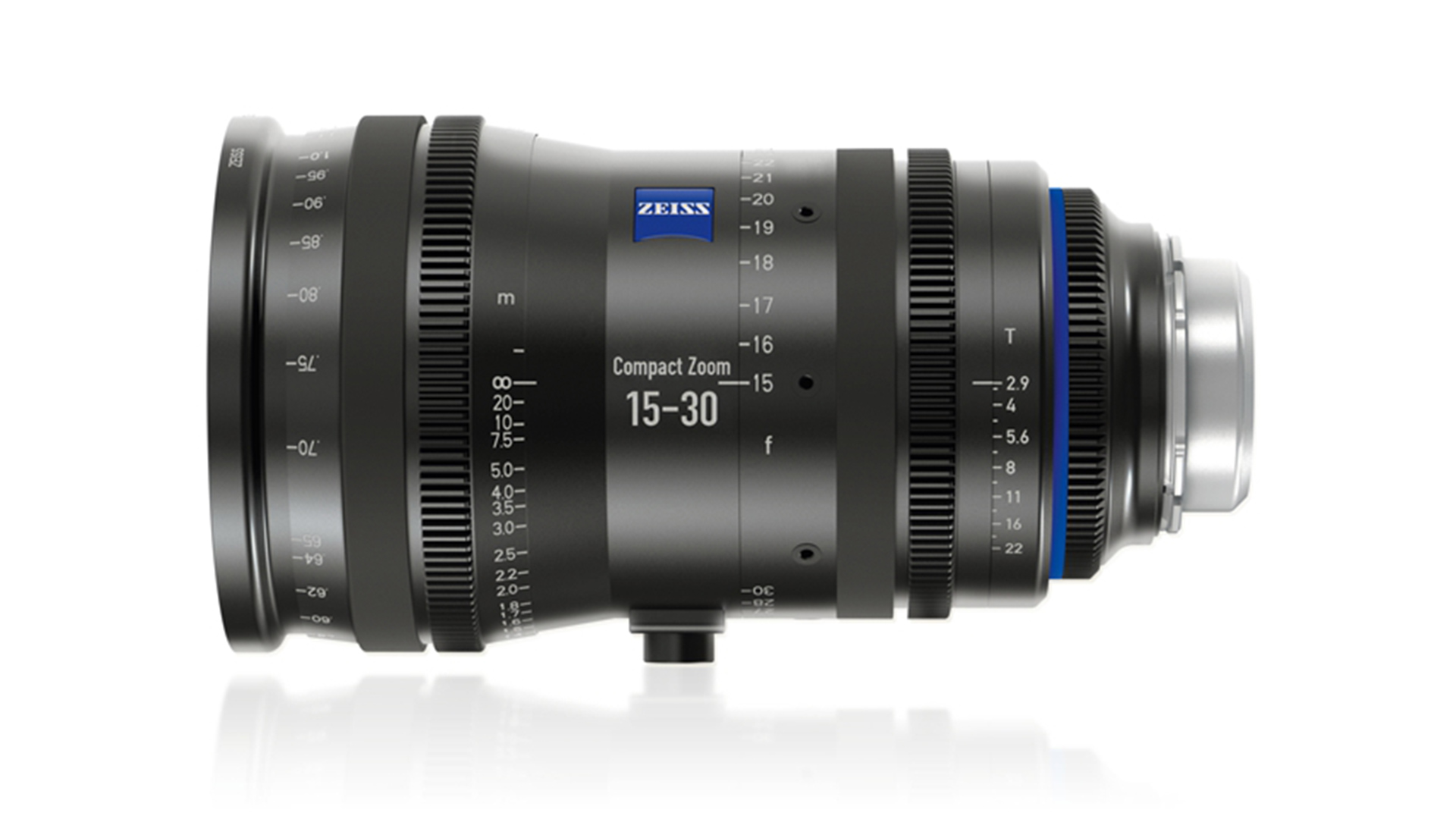
Replay: There's a common line of thought that says 8K is difficult because a lot of current lenses cant resolve that sort of resolution. Phil Rhodes digs down for the truth of the matter.
Lots of people have realised that to make 8K images, we don't only need 8K cameras. We might also need 8K lenses, although the exact meaning of the term “8K lens” is inevitably wound up in issues of sensor size and other performance factors, such as zoom ratio and minimum f-stop. The difficulty of fulfilling that need, especially for broadcast cameras with a need for high-ratio zooms on small sensors, is something we've discussed before once, in the context of new cameras.
So, is there a serious problem with lenses for very high resolution cameras?
Lens specialist Matthew Duclos thinks not, but it's a complicated question. “The first thing that comes to my mind is whether this person is misspeaking and referring to coverage, or are they asking whether this lens will resolve a pixel on an 8k sensor. A pixel on an 8K, 2/3" sensor is much more demanding than on a Vistavision sized sensor.” This forms the crux of the matter, since various modern cameras can have sensors – or at least active sensor areas – that are almost any size between a child's fingernail and a credit card.
Even so, Duclos isn't worried. “By my math, when we test lenses the maximum we've ever bothered to look at is 200 line pairs per millimetre, that's sort of the ideal resolving power for a lens. I've never seen a test projector that has a higher resolution test. By my math, 8K on a super 35 sensor requires about 140 line pairs per millimetre of resolving power, which is not very difficult for a modern lens... anything down from there, stretch them over a full-frame, Vistavision sensor, you're down to 100 line pairs per millimetre, which is nothing. Every lens can do that.”
Full frame issues
Of course, not every lens can cover that full-frame, Vistavision sensor. It's a keen subject for Duclos, who is keen to differentiate between what he refers to as image circle as opposed to illumination circle. “A lot of lenses will produce an image beyond what they were designed for,” he continues. “Let's say you have a super 35 lens - a notorious one would be the 85mm Zeiss Super Speed. It certainly covers a larger format but the image quality outside of the super 35 frame it was designed for is terrible. There's no tuning for spherical and chromatic aberration.” Talking about that publicly has, Duclos says, caused comment. “When we started publishing these numbers, we'd say that lens covers super 35, people would say it covers way more and we'd have to say it covers more but it doesn't look good, it's not usable.”
Any such lens will, of course, be unable to produce an 8K image on a sensor that requires full-frame coverage to achieve 8K resolution. Here, though, Duclos points out that finishing in 8K is still extremely rare. “For the majority of the cameras out there right now, and we're really talking about Red cameras right now, the Monstro and the Helium are the only popular 8K cameras I know of. There are a lot of people shooting 8K with the intention of delivering 4K to 6K. I don't think anyone's intending to deliver 8K.”
Beneath all the mathematics, though, there's a creative reality: some cinematographers prefer to shoot the cleanest image possible and filter appropriately either in camera or in post. Others like to capture the essence of an imperfect-yet-pretty lens. The fact that this is entirely a matter of opinion can undermine almost any attempt to analyse the situation technically. One key issue is that an owner-operator might prefer to offer fairly neutral lenses which might be marketable to a variety of jobs, then filter to suit, whereas someone relying on rental equipment can choose the ideal lens job by job.
Duclos has found this to be “a fifty-fifty divide. Our customers are calling us for the cleanest, sharpest most technically advanced lens they can find. Or, they're saying they don't want the clean sterile look, they want something that has some focus falloff, some spherical aberration, halation.”
It would be easy to conclude that older, often softer lenses make high resolution camerawork pointless. That's really a semantic argument, though: if the aberration of the lens is part of the creative intent, then a higher-resolution sensor will record that creative intent very finely, and that's good. If we're choosing a lens for its character, we want that character properly recorded. Yes, there's probably a point at which simply recording softness has no great impact on subjective experience, but in the end, that's a decision for the director of photography.
Thanks to Matthew Duclos of Duclos Lenses [http://www.ducloslenses.com]
tl;dr
- Achieving 8K images requires not only 8K cameras but also 8K lenses, with performance factors like sensor size and zoom ratio playing crucial roles.
- Lens expert Matthew Duclos believes most modern lenses can resolve the required line pairs for 8K on various sensor sizes, especially super 35 sensors.
- While some lenses may cover larger formats, their image quality might not be suitable for 8K resolution if designed for smaller frames, leading to potential issues in image fidelity.
- Cinematographers have differing preferences in lens choices, balancing between technically sharp lenses and those with creative imperfections; the decision ultimately lies with the director of photography.
Tags: Production


Comments